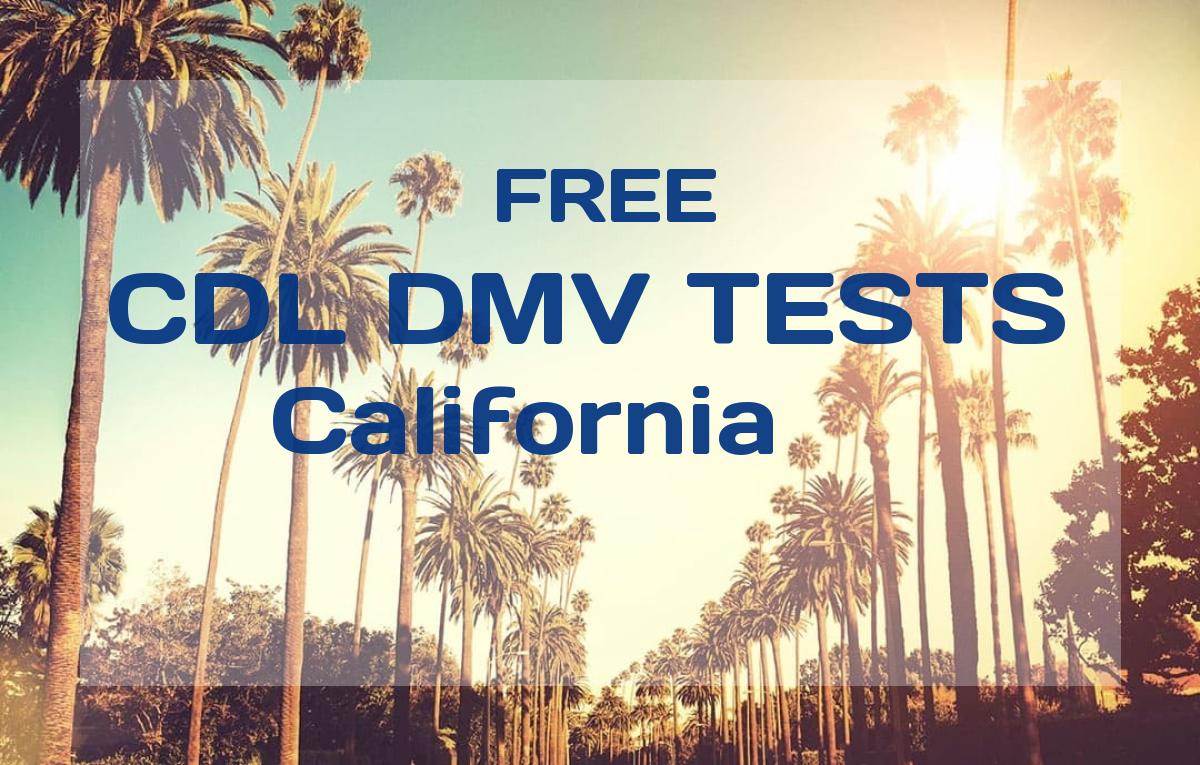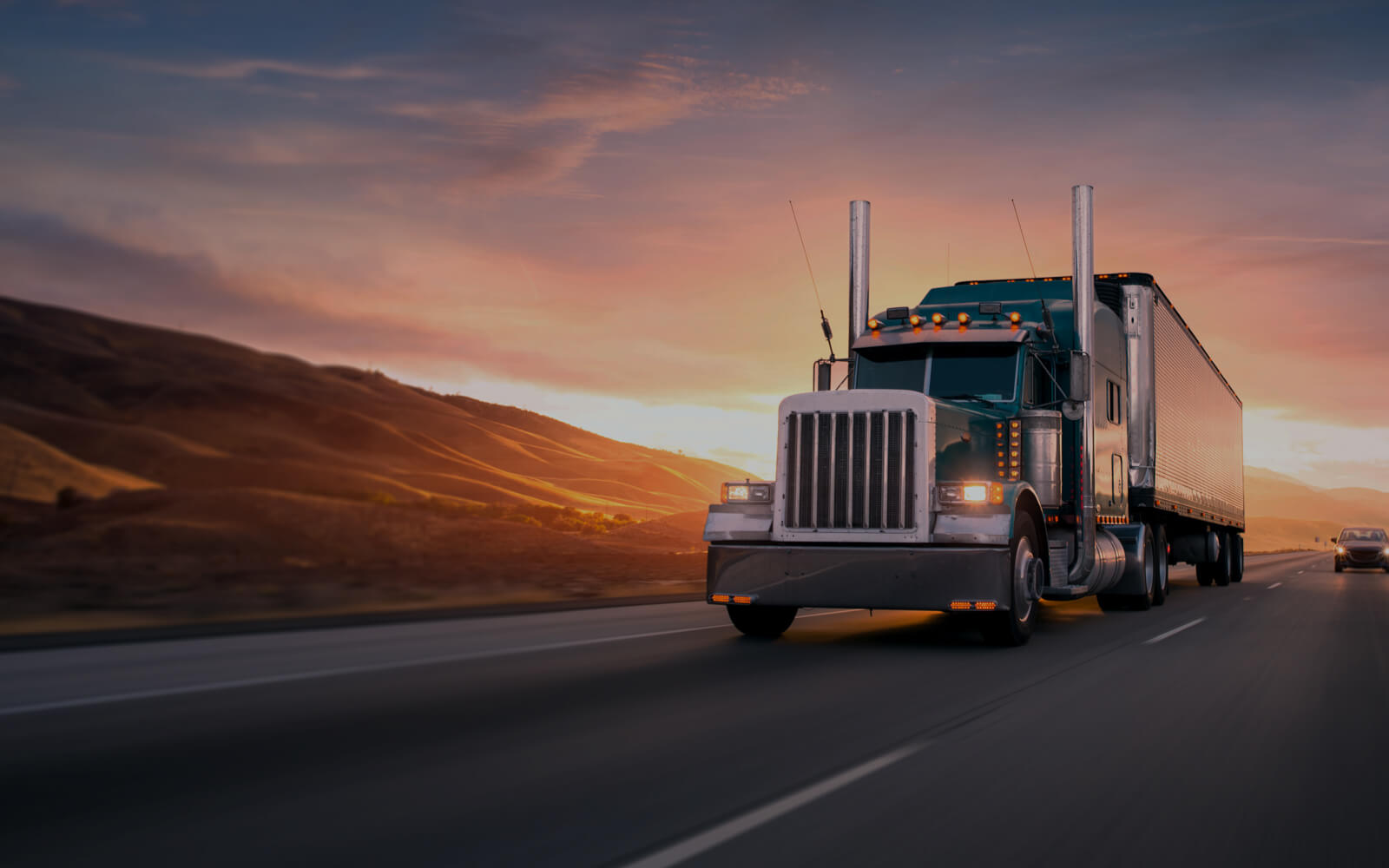Obtaining a Commercial Driver's License (CDL) is one of the most significant steps toward a rewarding career in the transportation industry. Whether you're aspiring to become a truck driver, bus operator, or any other professional in the logistics sector, a CDL opens doors to numerous opportunities. With the growing demand for skilled drivers, understanding the intricacies of the CDL process is essential for anyone looking to enter this field.
The world of commercial driving has evolved significantly over the years. With advancements in technology and stricter regulations, having a CDL is no longer just about passing a test. It's about acquiring the skills and knowledge necessary to navigate the complexities of modern transportation safely and efficiently.
This guide will provide an in-depth exploration of everything related to CDL, from the basics to advanced topics. By the end of this article, you'll have a comprehensive understanding of what it takes to obtain and maintain a Commercial Driver's License, ensuring you're well-prepared for a successful career in the industry.
Read also:Oak And Luna Reviews Is This Personalized Jewelry Brand Worth Your Money
Table of Contents:
- What is a Commercial Driver's License (CDL)?
- Types of CDL Licenses
- CDL Requirements
- The CDL Application Process
- Preparing for the CDL Road Test
- CDL Endorsements
- CDL Restrictions
- Cost of Obtaining a CDL
- Job Opportunities with a CDL
- Maintaining Your CDL
What is a Commercial Driver's License (CDL)?
A Commercial Driver's License (CDL) is a specialized license required for operating certain types of vehicles that exceed specific weight and capacity limits. The CDL is governed by the Federal Motor Carrier Safety Administration (FMCSA) and is designed to ensure that drivers possess the necessary skills and knowledge to operate large commercial vehicles safely.
Why is a CDL Important?
The importance of a CDL cannot be overstated, especially in today's transportation landscape. With the increasing volume of goods being transported across the country, skilled drivers are in high demand. A CDL not only qualifies you to operate commercial vehicles but also demonstrates your commitment to safety and professionalism.
- Enhances employability in the transportation sector
- Provides access to higher-paying job opportunities
- Ensures compliance with federal and state regulations
Types of CDL Licenses
There are three primary classes of CDL licenses, each designed for specific types of vehicles and operations:
Class A CDL
A Class A CDL is required for operating vehicles with a Gross Vehicle Weight Rating (GVWR) of 26,001 pounds or more, provided the vehicle being towed weighs more than 10,000 pounds. This license is ideal for those interested in driving tractor-trailers, tanker trucks, or flatbeds.
Class B CDL
A Class B CDL is suitable for vehicles with a GVWR of 26,001 pounds or more, but where the vehicle being towed weighs less than 10,000 pounds. This license is commonly used for driving buses, delivery trucks, or cement mixers.
Read also:Apolo Ohnos Wife A Closer Look At His Personal Life And Family
Class C CDL
A Class C CDL is required for vehicles that do not meet the criteria for Class A or B but are designed to transport 16 or more passengers, including the driver, or carry hazardous materials that require placarding.
CDL Requirements
Before applying for a CDL, you must meet several requirements to ensure you're qualified to operate commercial vehicles. Below are the key prerequisites:
Age Requirement
To obtain an Interstate CDL, you must be at least 21 years old. However, some states allow Intrastate CDLs for drivers aged 18-20, provided they do not cross state lines.
Medical Certification
A Department of Transportation (DOT) medical card is mandatory for all CDL holders. This certification ensures that drivers are physically capable of operating commercial vehicles safely.
Knowledge and Skills Tests
Applicants must pass both written knowledge tests and practical skills tests to demonstrate their understanding of commercial driving rules and their ability to operate the vehicle safely.
The CDL Application Process
The process of obtaining a CDL involves several steps, each crucial for ensuring you're adequately prepared to drive commercial vehicles:
Step 1: Obtain a Learner's Permit
To begin the CDL application process, you must first acquire a Commercial Learner's Permit (CLP). This permit allows you to practice driving under supervision until you're ready to take the skills test.
Step 2: Complete CDL Training
Enrolling in a reputable CDL training program can significantly enhance your chances of success. These programs provide both classroom instruction and hands-on training, preparing you for the challenges of commercial driving.
Step 3: Pass the CDL Skills Test
The final step in obtaining your CDL is passing the skills test, which includes a pre-trip inspection, basic controls test, and on-road driving test.
Preparing for the CDL Road Test
Successfully passing the CDL road test requires thorough preparation and practice. Below are some tips to help you prepare:
Practice Regularly
Consistent practice is key to mastering the skills needed for the road test. Focus on maneuvers such as backing, turning, and parking, as these are often the most challenging aspects of the test.
Understand the Rules
Familiarize yourself with the FMCSA regulations and your state's specific CDL manual. Understanding the rules of the road and vehicle operation is crucial for passing the test.
Stay Calm and Confident
Test day can be nerve-wracking, but maintaining a calm and confident demeanor can improve your performance. Trust in your training and preparation, and approach the test with a positive mindset.
CDL Endorsements
In addition to the basic CDL, drivers may pursue endorsements to qualify for specialized driving roles. Some common endorsements include:
Passenger Endorsement (P)
This endorsement allows you to drive vehicles designed to transport 16 or more passengers. It requires additional testing and is essential for bus drivers.
Hazmat Endorsement (H)
The Hazmat endorsement permits drivers to transport hazardous materials. This endorsement involves a background check and additional testing.
Tanker Endorsement (N)
For drivers transporting liquid or gaseous materials, the tanker endorsement is necessary. It focuses on the unique challenges of driving tanker vehicles.
CDL Restrictions
Some CDL holders may have restrictions placed on their license, limiting the types of vehicles they can operate. Common restrictions include:
Limited to Automatic Transmissions
If you only pass the skills test using an automatic transmission, your CDL will be restricted to vehicles with automatic transmissions.
Intermittent Control Restriction
This restriction applies to drivers who require intermittent control of their vehicle due to medical conditions, limiting their ability to operate certain vehicles.
Cost of Obtaining a CDL
The cost of obtaining a CDL can vary depending on several factors, including the state you reside in and the type of training program you choose. Below are some cost estimates:
CDL Training Programs
Training programs can range from $3,000 to $7,000, depending on the level of instruction and the institution providing the training.
Licensing Fees
Licensing fees typically range from $50 to $150, depending on your state's regulations. Additional fees may apply for endorsements or medical certifications.
Job Opportunities with a CDL
With a CDL, you gain access to a wide range of job opportunities in the transportation and logistics sectors. Some popular career paths include:
Truck Driver
Truck drivers are in high demand, with opportunities for both local and long-haul positions. Salaries can vary based on experience, location, and type of cargo.
Bus Driver
Bus drivers transport passengers across various routes, including city buses, school buses, and charter buses. This role offers stability and predictable schedules.
Logistics Manager
For those interested in advancing their careers, a CDL can be a stepping stone toward becoming a logistics manager, overseeing fleet operations and supply chain management.
Maintaining Your CDL
Once you've obtained your CDL, maintaining it requires ongoing commitment and adherence to regulations. Below are some tips for maintaining your CDL:
Stay Updated on Regulations
Transportation laws and regulations are subject to change. Stay informed about any updates that may affect your CDL status.
Renew Your License
CDLs must be renewed periodically, typically every 4-8 years, depending on your state's requirements. Ensure you renew your license before it expires to avoid penalties.
Maintain a Clean Driving Record
A clean driving record is essential for retaining your CDL. Avoid traffic violations and adhere to safe driving practices at all times.
Kesimpulan
In conclusion, obtaining a Commercial Driver's License (CDL) is a significant achievement that opens doors to numerous career opportunities in the transportation industry. By understanding the requirements, application process, and ongoing responsibilities of maintaining a CDL, you can set yourself up for success in this dynamic field.
We encourage you to take the next step by exploring CDL training programs and preparing for your journey as a commercial driver. Share your thoughts and experiences in the comments below, and don't forget to explore other resources on our site to further enhance your knowledge of the transportation industry.


